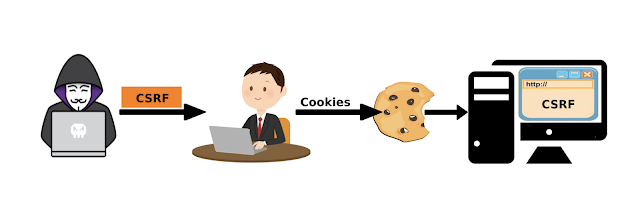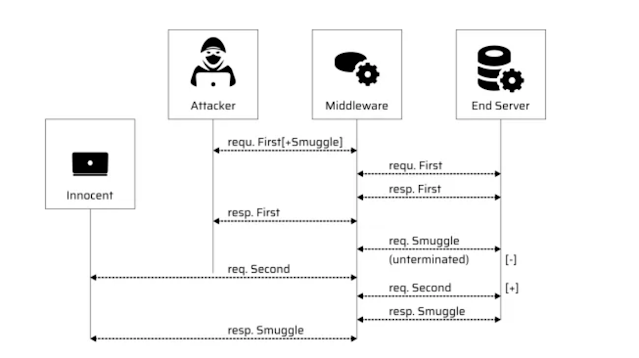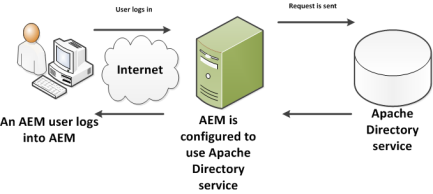How to protect AEM against CSRF Attack ?

How to protect AEM against CSRF Attack ? Adobe Experience Manager (AEM) is a popular content management system that is widely used to develop and manage websites, mobile apps, and other digital experiences. However, like any other web application, AEM is vulnerable to cross-site request forgery (CSRF) attacks. CSRF attacks are malicious attacks where an attacker tricks a user into performing an action they did not intend to perform by exploiting the user's active session on a website. In this blog, we will discuss some measures that can be taken to protect AEM from CSRF attacks. Implement CSRF protection in AEM: The first and most important step to protect AEM from CSRF attacks is to implement CSRF protection in the application. AEM provides a built-in CSRF protection mechanism that can be enabled by setting the "sling.filter.methods" property in the OSGi configuration. Navigate to the OSGi Web Console (/system/console/configMgr). Search for Apache Sling Refe...




